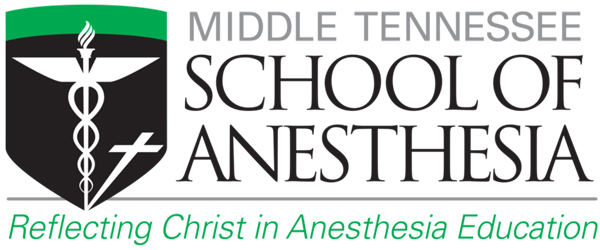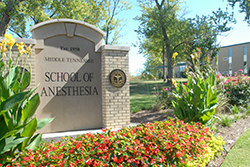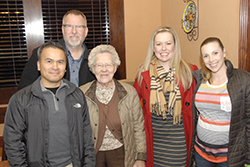
MTSA launches Neuraxiom website
November 12, 2020
MTSA has launched a new iteration of Neuraxiom.com, a website of practical resources to help anesthesia providers learn ultrasound for regional nerve blocks, announced Bill Johnson, DNAP, CRNA, Director of the MTSA Acute Surgical Pain Management Fellowship and DNAP Completion program.
The site—originally developed by Jack Vander Beek—includes free content as well as opportunities for special access to fee-based continuing education modules. “We’re continuing to add new content, including eight new blocks that represent 80% of the blocks anesthesia providers are doing today,” Johnson said. “In addition, we’ve included detailed illustrations by Jack Vander Beek, along with multiple associated videos.”
Johnson said that the website includes interactive anatomy illustrations, creating a refresher for CRNAs who want to do the vast majority of blocks useful in clinical practice. In addition, the site features a range of content on subjects such as ultrasound, pharmacologic agents and local anesthetics.
“We’re also including multiple videos on opioids and how CRNAs can combat the crisis using acute surgical pain management, as well as the lecture Dr. Serge Marchand presented at our Regional Cadaveric Workshop. And soon we’ll be posting some open-access journal articles,” Johnson said.
The Neuraxiom website also features continuing education for CRNAs, including current information on acute pain management with options to take a quiz and receive AANA credit.
According to Johnson, MTSA is also working on the next edition of The Neuraxiom Playbook of Essential Nerve Blocks textbook, which Vander Beek first published in 2009. The School is aiming for a publishing date next year.
Vander Beek developed the Neuraxiom textbook by documenting and illustrating a compendium of Ultrasound-Guided Regional Anesthesia (USGRA) techniques that have been successfully adopted by a countless number of regionalists over the years. It applies an evidence-based approach in updating the vast amount of knowledge that has been published in USGRA in the last decade.
For more information, visit neuraxiom.com.








